4 ways to make take-away and fast food more eco-friendly
When everyday life is busy and tiring, it’s convenient to resort to takeaway food. Lunch can be enjoyed without leaving the office, and in the evening, you don’t have to spend time shopping for groceries and cooking when you don’t feel like it. However, a quick and tasty takeaway meal comes with a pile of trash. Find out how we can make takeaway food more environmentally friendly.

While takeaway and home delivery may ease our lives significantly, the environmental impacts are undeniable – especially what comes to everything around it: the disposable cutlery, the straws, and the packaging. The fast-food industry has relied heavily on single-use plastics with their cutlery and takeaway containers, which causes various environmental, health, and even convenience issues. The amount of garbage that remains after every quick meal is a problem we can no longer turn a blind eye to. Luckily there’s a lot we can do to make things better.
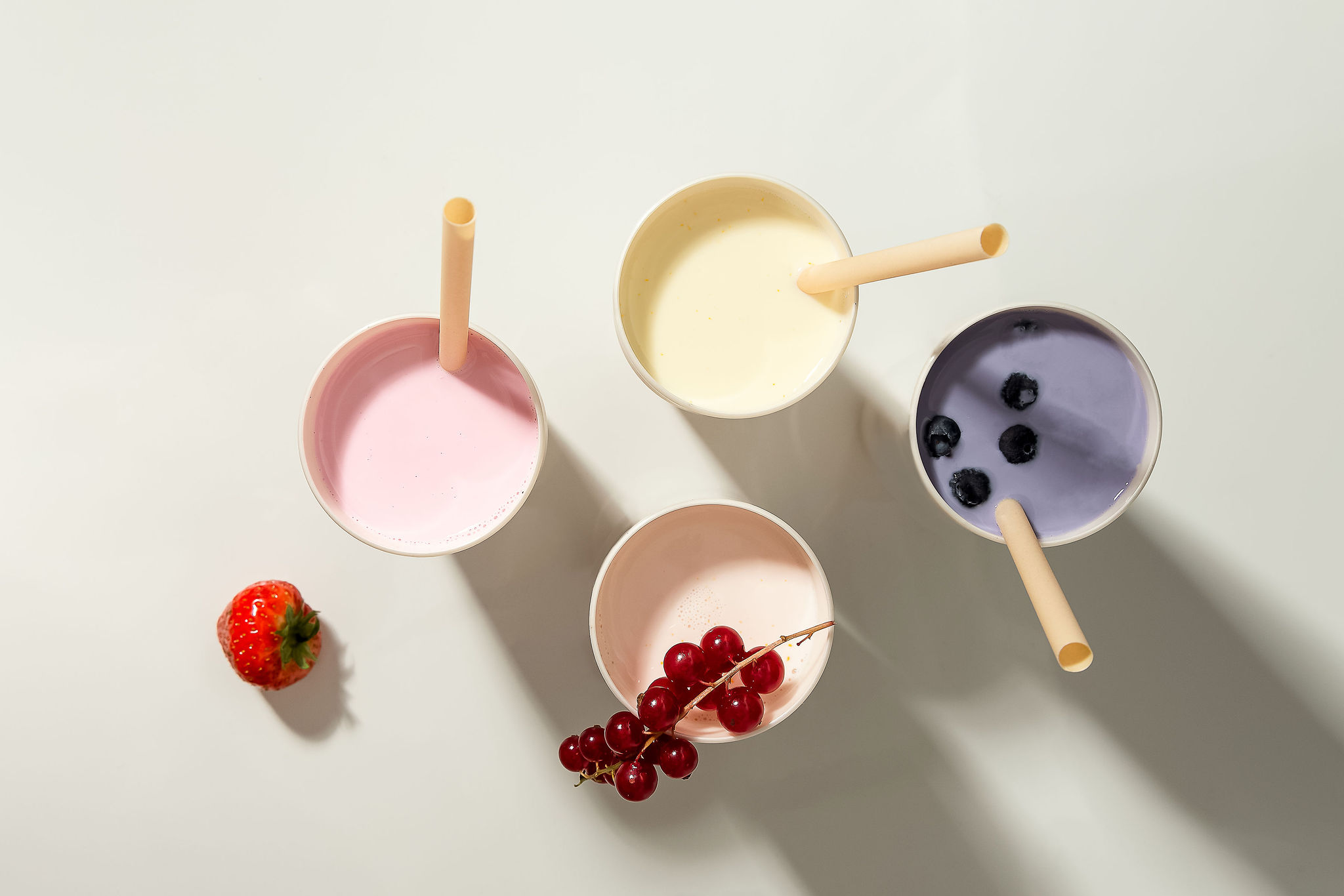
1. Straws
You can purchase your drink without a straw. For most of us, it’s not mandatory; we have just gotten used to it. On the other hand, straws come in handy when sipping a soda on the go. Hence, most customers still prefer their drink with a straw. The key is finding the best sustainable straw option.
Paper straws have become the default in Europe after the EU banned plastic straws. They are just not very comfortable to use – we all know how mushy they get when they get wet. And since paper is not as extensively regulated for food contact as plastics, paper straws can contain glue and dyes with harmful chemicals. As you enjoy your drink, these chemicals may dissolve into it.
Straws made with Sulapac material are the perfect alternative to both plastic and paper straws. They feel comfortable, have a high-quality look, and biodegrade without leaving permanent microplastics behind. They are also FDA and EU food contact compliant. Read more about sustainable straws here.
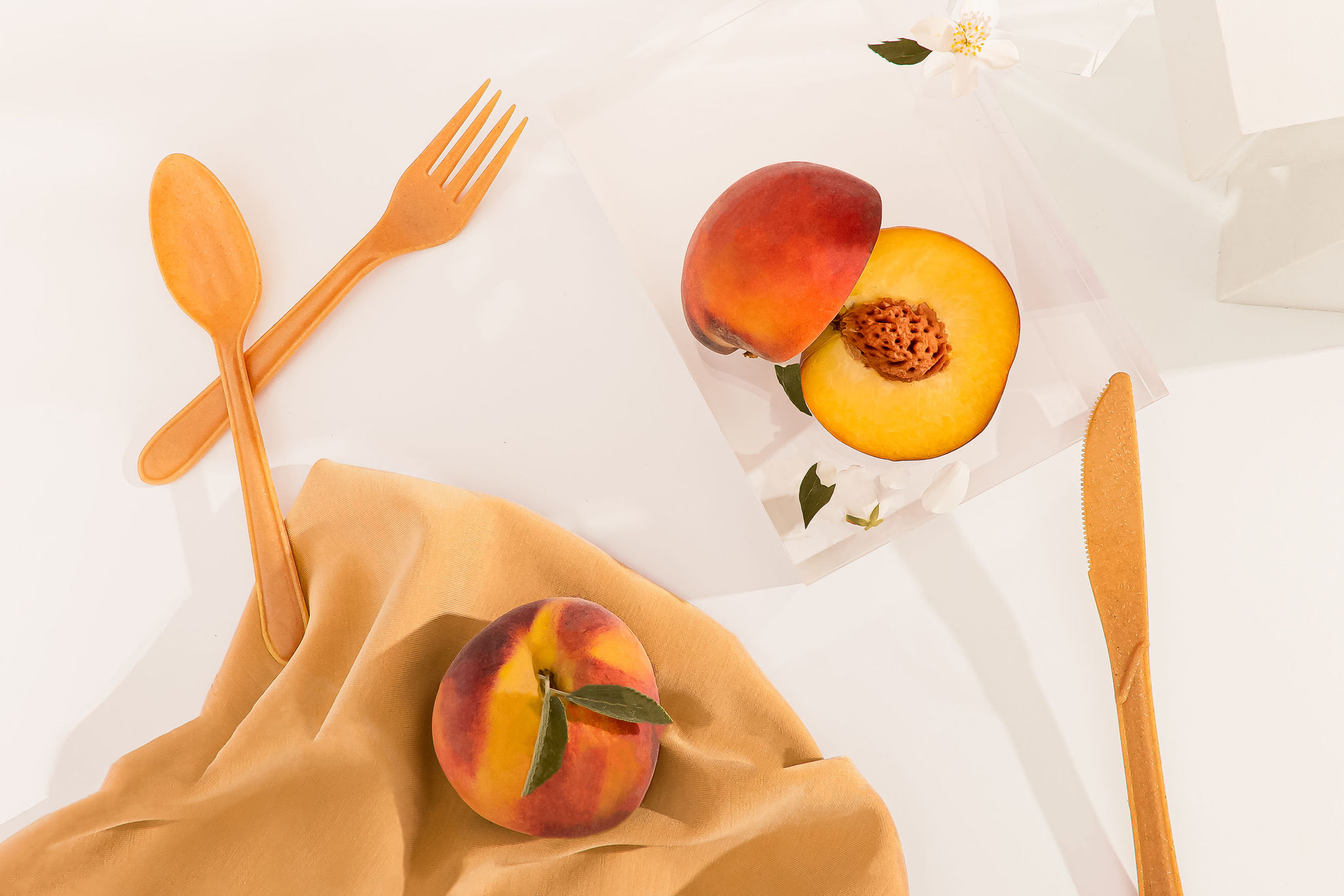
2. Cutlery
Feasting noodles or tikka masala on the go without cutlery is a no-go. Luckily, a sustainable, chic, and practical option for takeaway food exists: cutlery made of Sulapac. You don’t have to worry about permanent microplastics (like with plastic cutlery) or splinters in your tongue (like wooden cutlery). You can even reuse your Sulapac cutlery and wash it in the dishwasher! Restaurants and cafes switching to sustainable cutlery enjoy the brand benefits of appealing to eco-conscious customers, as well as cutting down on the amount of plastic waste they have to deal with. Bio-based cutlery is also a way to lower your carbon footprint.
Sulapac cutlery can be chemically recycled and the output material can be used to create new cutlery. Zero waste, minimized CO2 emissions and no permanent microplastic or toxic load. Learn more about sustainable cutlery here.
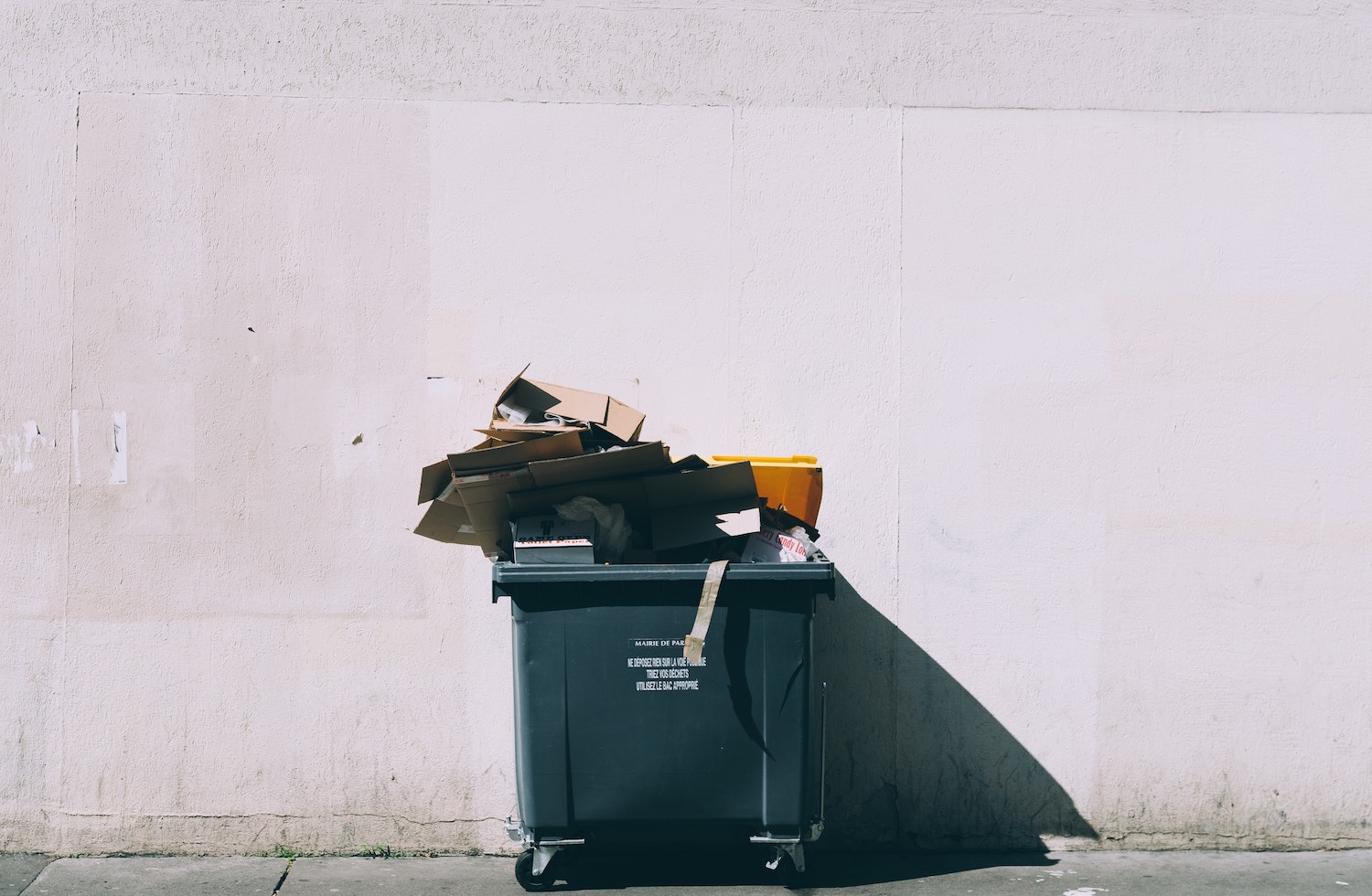
3. Recycling and other end-of-life scenarios
It always pays to recycle, whether it’s plastic, paper, or carton you leave behind after you’ve finished your pizza, burger, or sushi. Some restaurants already have recycling bins for different types of waste, but in many places, all trash is thrown into the same can. Customer indifference is also a problem. Many people don’t care about recycling and toss their trash in whichever bin is the closest. Currently, only 9% of the world’s plastic is recycled. Even with improved recycling infrastructure and attitudes, in the most optimistic scenarios, only 37% of plastic packaging will be recycled by 2050. Huge amount of plastic ends up burnt and approximately 14 million tons spills into the environment yearly.
Even if recycling takes place, the world won’t be perfect, as cardboard packaging and most of the conventional plastic gets downcycled. What used to be your food packaging will become a moving box or insulation material. In order to produce new food packaging virgin materials are needed.
Luckily, there are new innovative bio-based materials, which are safe for people and the planet, no matter where they end up. Sulapac biodegrades without leaving toxic substances or permanent microplastics behind, even in an open environment. If it ends up burnt, there are less harmful emissions compared to conventional plastic. Sulapac is also a closed loop solution: when chemically recycled, the material can be reused almost endlessly.
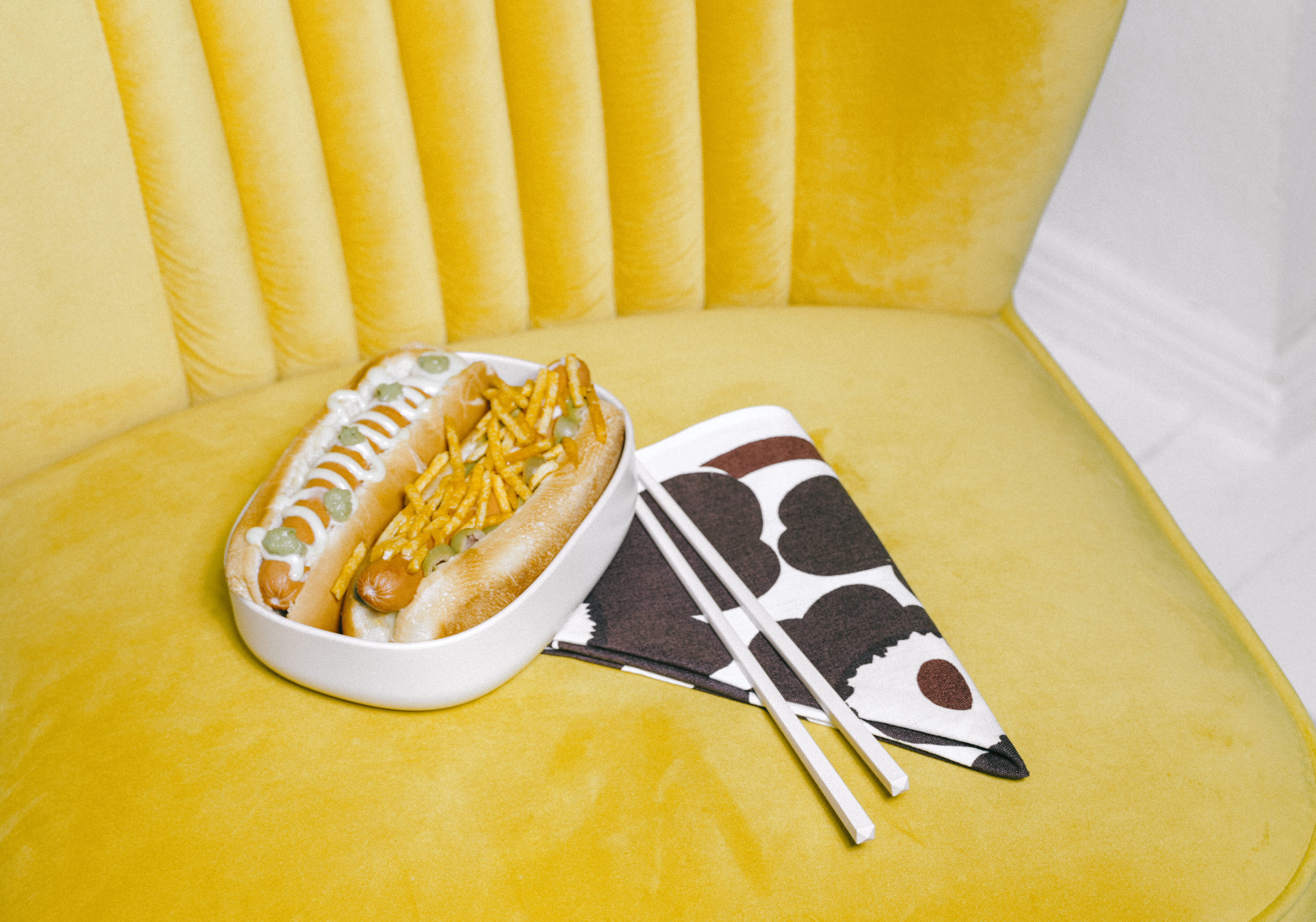
4. Bringing your own container
We’ve all seen people happily sipping takeaway coffee from their own reusable cups. This could be taken further: many businesses also allow customers to bring in their containers for takeaway food. Restaurants could encourage their customers to do this, for example, through discount campaigns. We should normalize using our own containers for takeaway. This might feel weird as we are so used to disposable containers, but the world changes. And if you think about it, isn’t it much nicer to have your own durable lunchbox, like the Marimekko Marimade one made with Sulapac Solid material, or one you can return to the restaurant rather than a cardboard one with a leaky lid?
When choosing their reusable products, fast-food restaurants and take-away providers must be cautious though. A bio-based material that leaves no permanent microplastics or toxic load behind is the smartest option, because you can never tell with people: reuse can easily turn into single-use, and recycling into trashing. Conventional plastic containers also generate permanent microplastic pollution during the use phase due to wear and tear, something you never have to worry about with Sulapac.
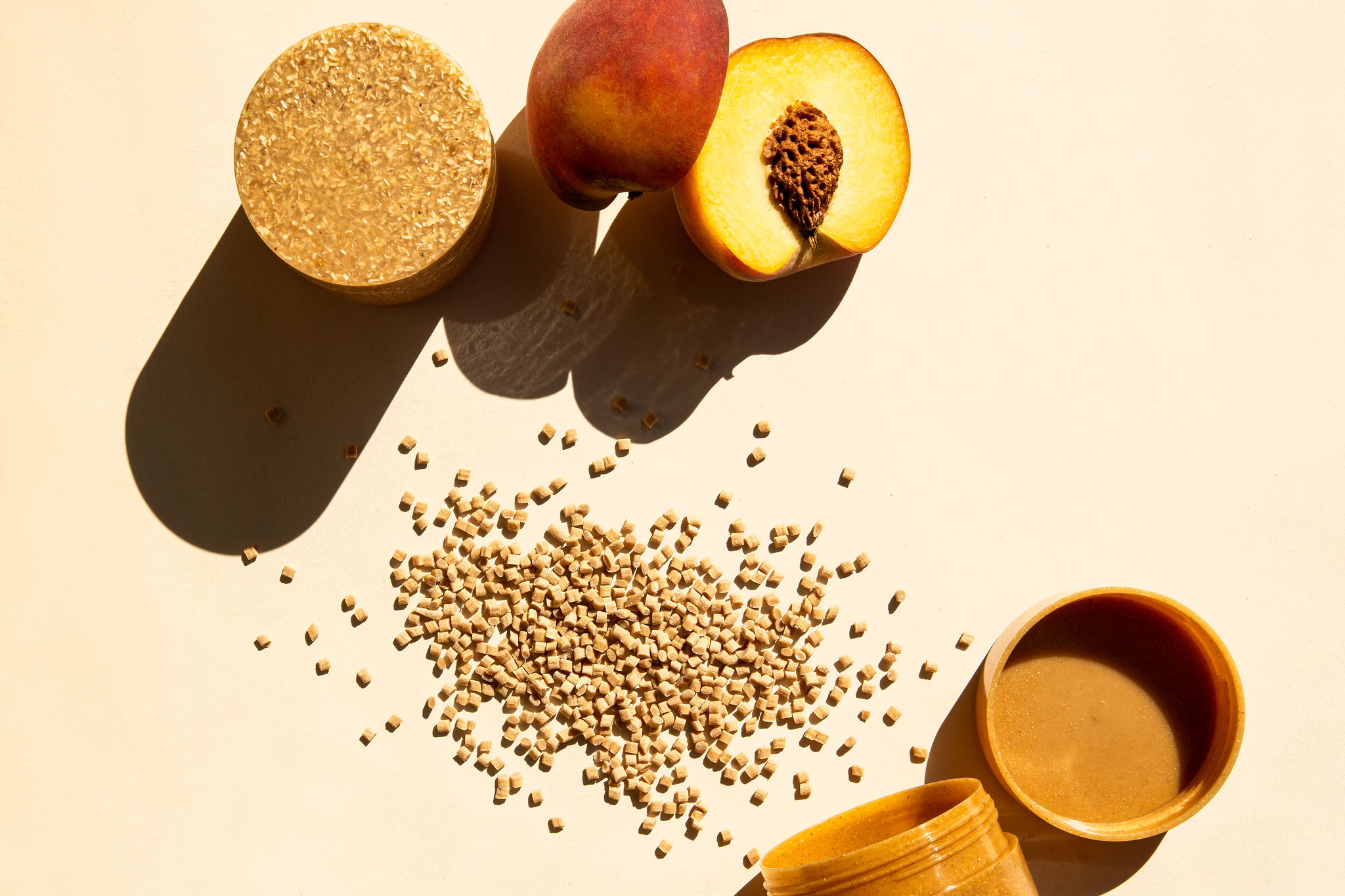
Sulapac’s eco-(and user-)friendly material is a win-win option
Whether it’s single use or reuse, we must support the adoption of the most sustainable alternatives in the restaurant business. Sulapac’s material is a good example: it is bio-based, chemically and mechanically recyclable, industrially compostable, has a natural look and feel, and leaves no permanent microplastics or toxic substances behind. It’s also an economically viable option: the materials are processable with existing plastic product machinery – no need to install new production lines.
Get to know Sulapac’s beautiful, functional, and sustainable materials. Together we can save the world from plastic waste.
Sulapac Ltd accelerates the plastic waste-free future by replacing conventional plastic with sustainable materials that are beautiful and functional. Like nature. The Helsinki-based company was founded in 2016 by three scientists Dr. Suvi Haimi, Dr. Laura Tirkkonen-Rajasalo and Dr. Antti Pärssinen and was ranked one of Europe’s 100 hottest startups by WIRED UK in 2018, 2019 and 2021. Investors behind the award-winning, patented biomaterial innovation include CHANEL and Sky Ocean Ventures. Join the forerunners at sulapac.com.